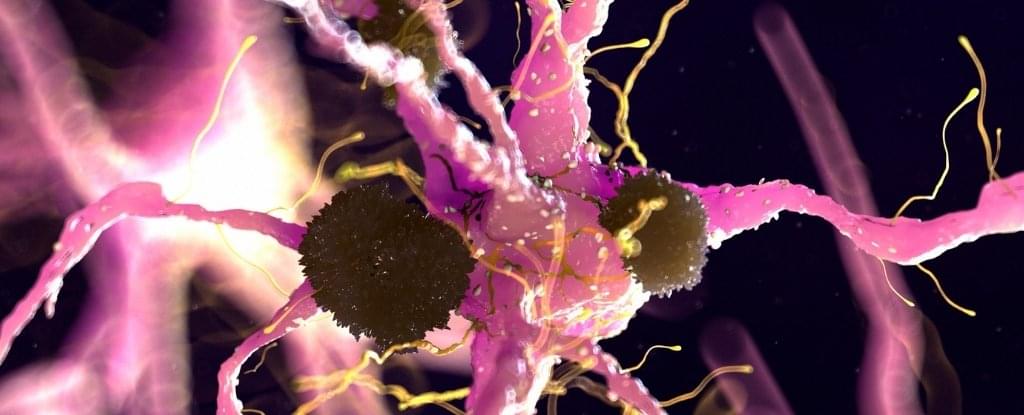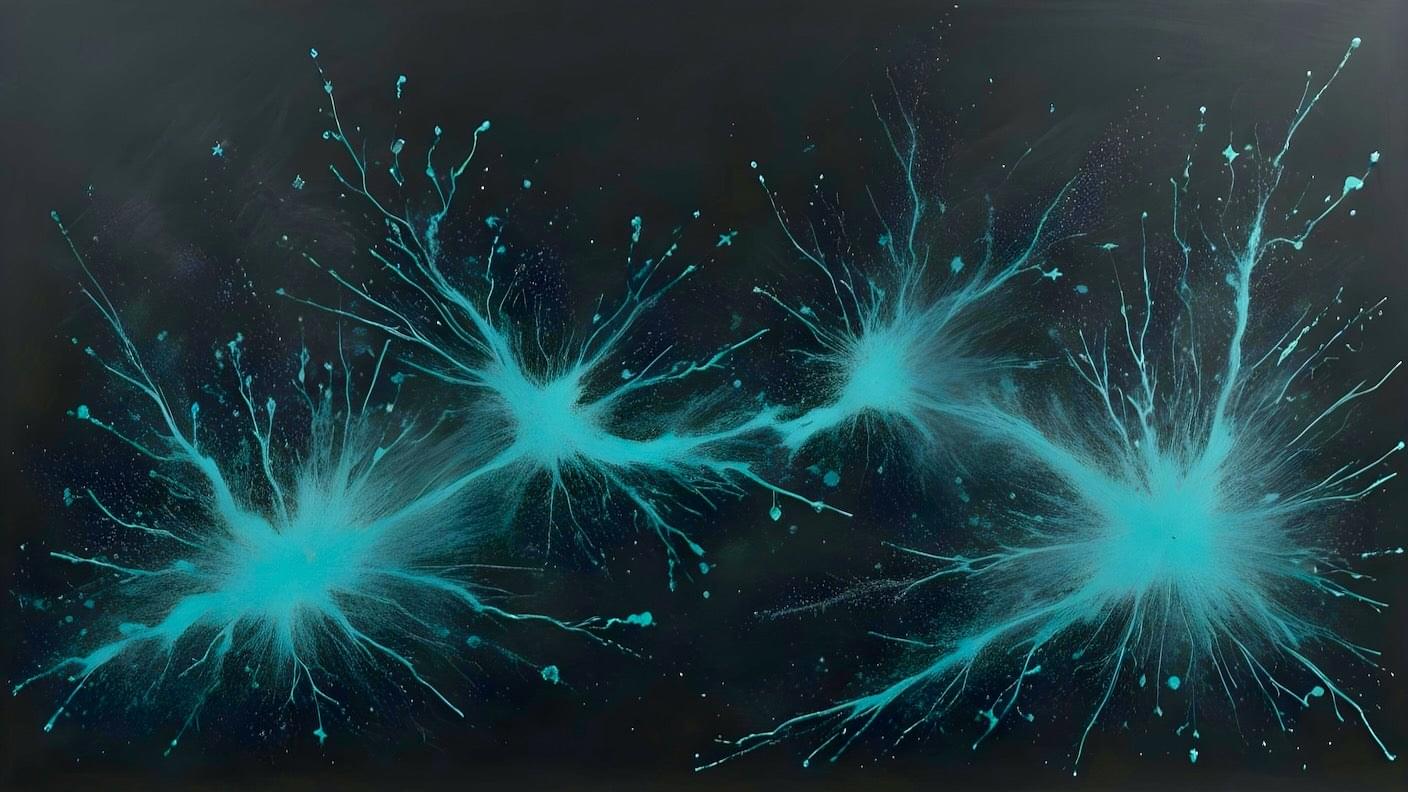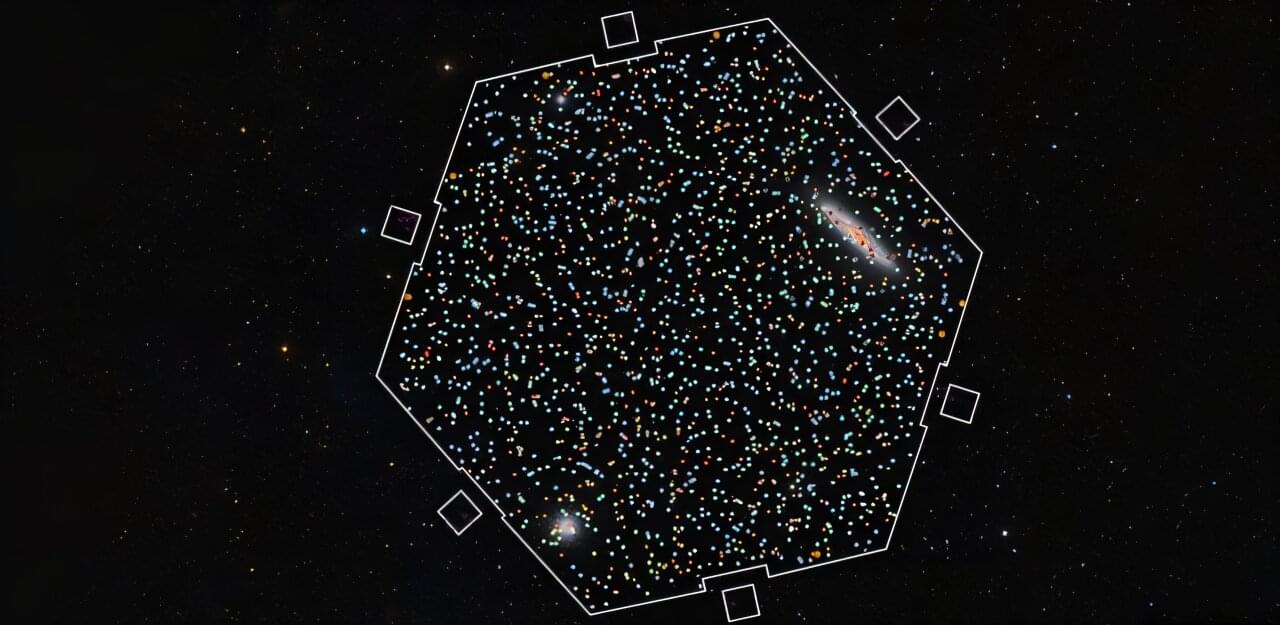Researchers at the University of North Carolina (UNC) have developed microscopic flower-shaped soft robots made from DNA and inorganic materials that can fold, bend, and react to their environment. Detailed in a paper published in Nature Nanotechnology, these microscopic DNA “flowers” are a potential new method for targeted drug delivery and other biomedical applications.
“People would love to have smart capsules that would automatically activate medication when it detects disease and stops when it is healed. In principle, this could be possible with our shapeshifting materials,” said senior author Ronit Freeman, PhD, and associate professor at USC and leader of a research group that is seeking to develop novel designer materials using self-assembling biological components.
The DNA flowers are assembled from hybrid DNA, inorganic crystals that respond to environmental stimuli such as changes in acidity (pH), enabling reversible changes in shape—shrinking, bending, and folding—within seconds. The petals can open or close in response to local environmental conditions, motion that can be used to trigger a chemical reaction, release molecules, or interact with tissues.









